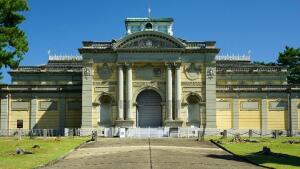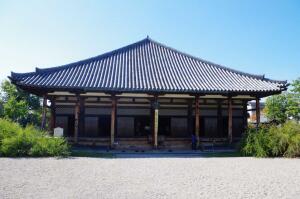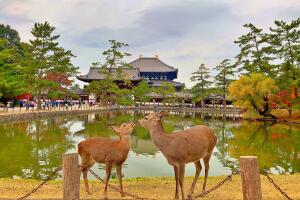Kofukuji is a 5-minute walk from Kintetsu Nara Station or about 20 minutes from JR Nara Station. You can also take a bus from JR Nara Station to Kencho-mae (a 5–7 minute ride, 220 yen).
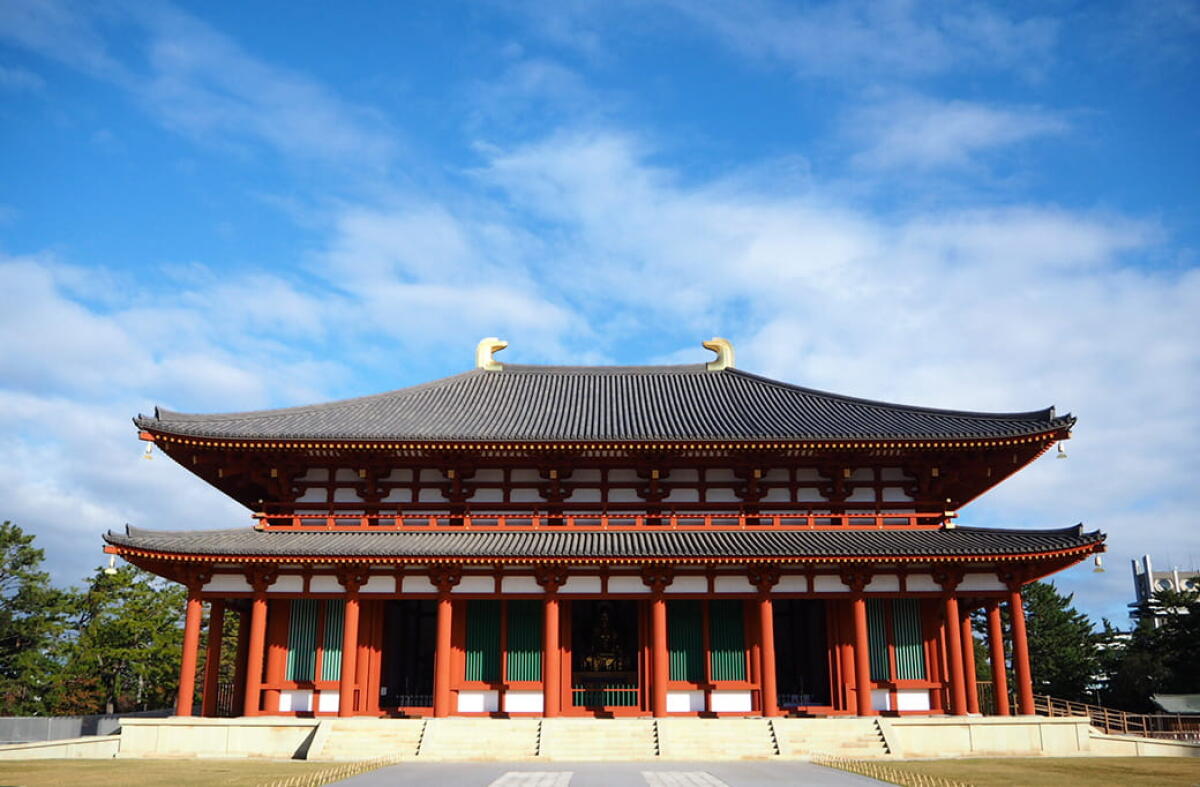
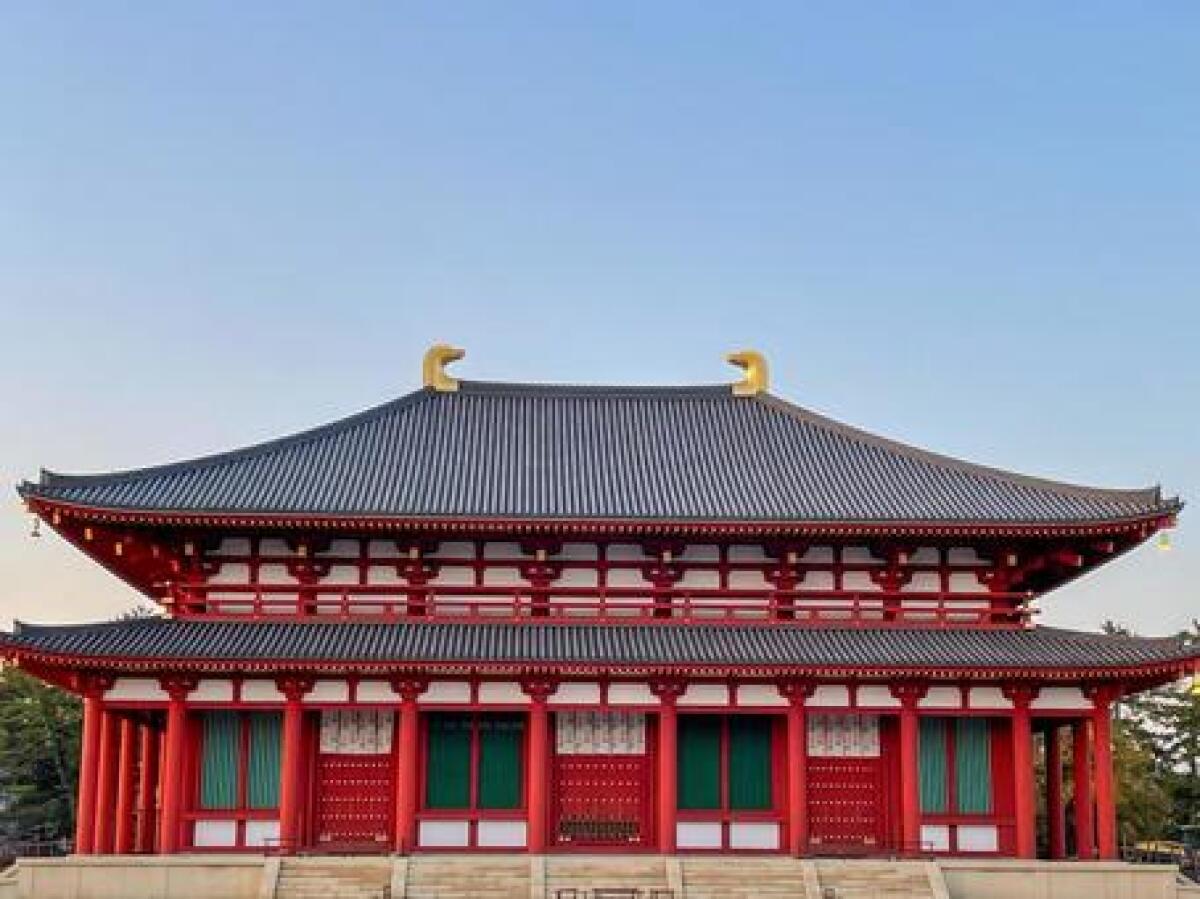
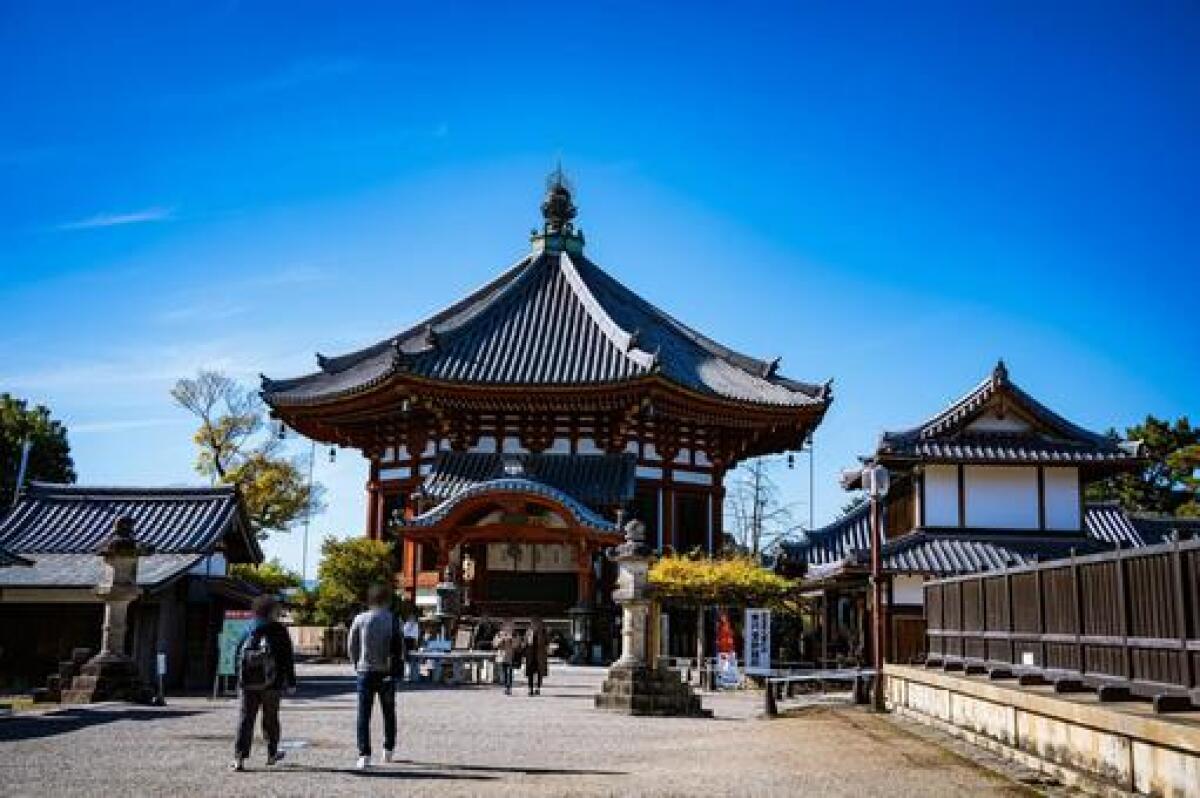
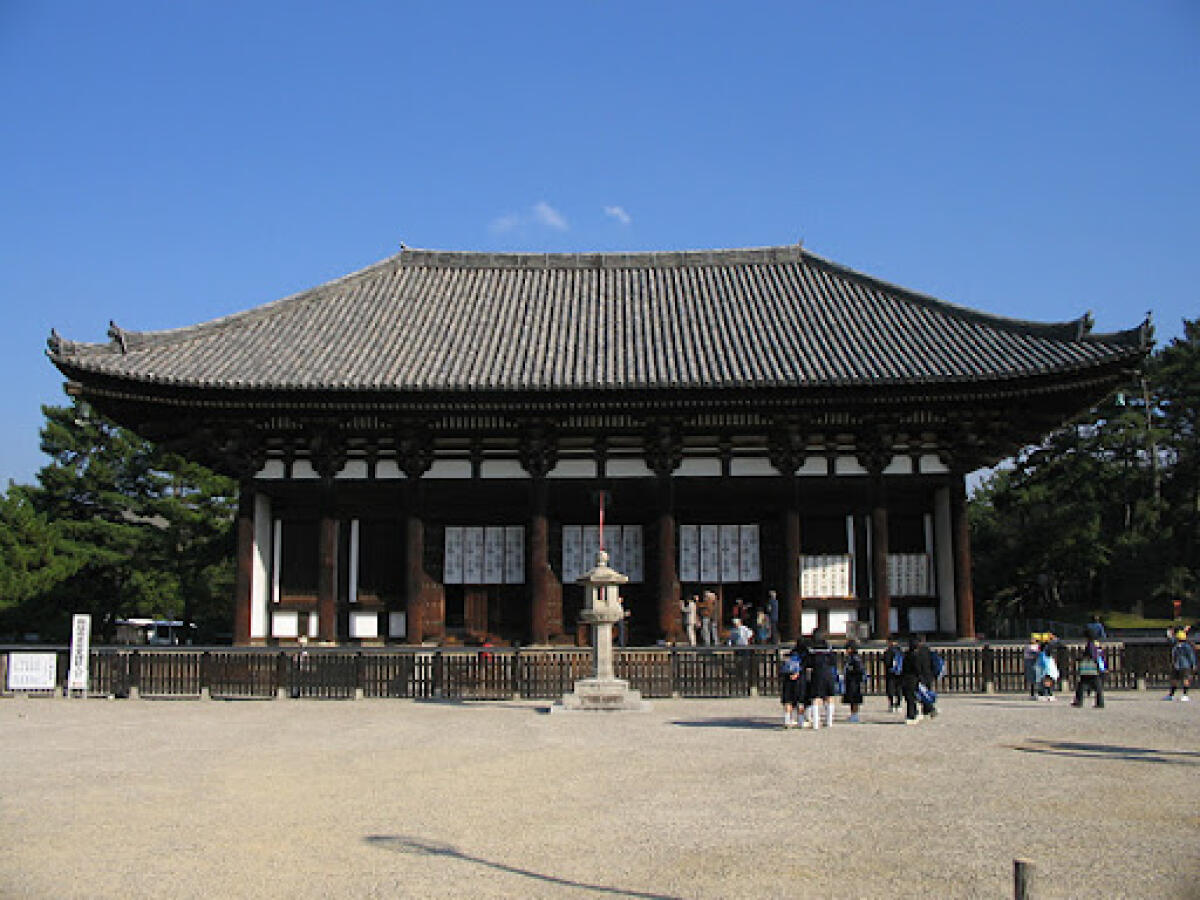
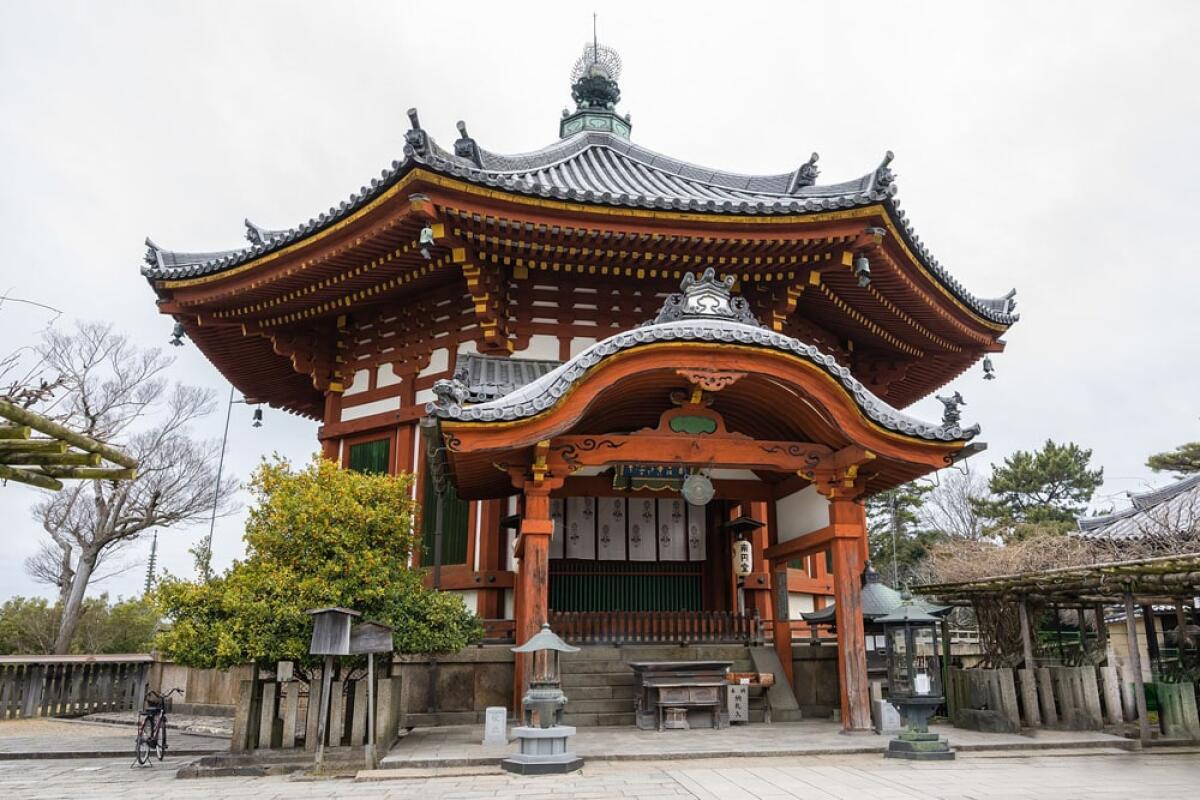
Kofukuji Temple
Kōfukuji (興福寺), originally founded in 669 in Yamashina and relocated to Nara in 710, coinciding with the establishment of Japan’s ancient capital, served as the family temple of the influential Fujiwara clan—one of the most powerful aristocratic families in the country’s history. At the height of its prominence during the Nara and Heian periods, the temple complex boasted over 150 buildings, symbolizing both religious devotion and political authority. Though only a fraction of these structures remain today, Kōfukuji still radiates historical grandeur. Its most iconic feature is the elegant five-storied pagoda, soaring 50 meters into the sky. Dating back to 1426 and designated as an Important Cultural Property, it is Japan’s second-tallest wooden pagoda and a defining symbol of Nara’s skyline. While the pagodas cannot be entered, the temple grounds are free to explore, offering a peaceful space for reflection amid centuries of Buddhist heritage. Access to key structures—including the Central Golden Hall, the Eastern Golden Hall, and the Kōfukuji National Treasure Museum—requires a ticket, providing a more immersive experience for those drawn to sacred art and architecture.
The Central Golden Hall, meticulously reconstructed and reopened in 2018, restores the temple’s spiritual and architectural core with impressive authenticity. Inside, a gilded statue of Shakyamuni Buddha stands flanked by attendant deities, reflecting the temple’s ongoing religious significance. Just to the east, the Eastern Golden Hall houses a revered statue of Yakushi Nyorai, the Medicine Buddha, symbolizing healing and protection. The Kōfukuji National Treasure Museum displays an exceptional collection of Buddhist art, including the renowned Ashura Statue—a dynamic and expressive sculpture from the 8th century that stands as one of the finest examples of early Japanese Buddhist craftsmanship. Visitors can also admire the ancient Northern and Southern Octagonal Halls, which date back to the temple’s earliest period and contribute to Kōfukuji’s rich, multilayered sense of history and tradition. Together, these elements offer a profound glimpse into Japan’s classical past and affirm Kōfukuji’s enduring legacy as both a spiritual sanctuary and cultural landmark in the heart of Nara.
Hours and Fees
- Opening hours
-
Interior of temple halls and museum:
9:00 to 17:00 (last admission 16:45)
Temple grounds:
Always open
- Closed
-
No closing days
- Entrance fee
-
900 yen (National Treasure Museum)
500 yen (Central Golden Hall)
500 yen (Eastern Golden Hall)
1600 yen (all three)
Getting there
Resources
Nearby
Reviews
There are no reviews
